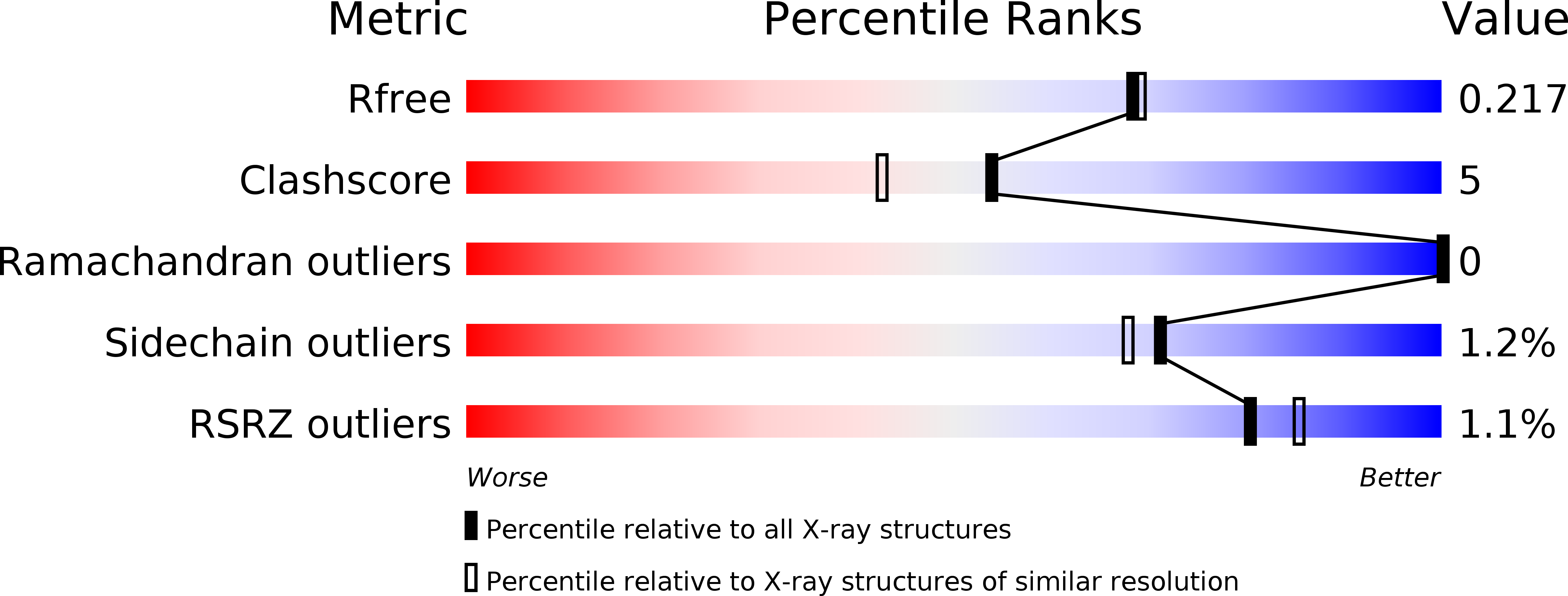
Deposition Date
2018-12-05
Release Date
2019-08-14
Last Version Date
2023-11-22
Entry Detail
PDB ID:
6IWH
Keywords:
Title:
Crystal structure of rhesus macaque MHC class I molecule Mamu-B*05104 complexed with C14-GGGI lipopeptide
Biological Source:
Source Organism:
Macaca mulatta (Taxon ID: 9544)
Simian immunodeficiency virus (Taxon ID: 11723)
Simian immunodeficiency virus (Taxon ID: 11723)
Host Organism:
Method Details:
Experimental Method:
Resolution:
1.95 Å
R-Value Free:
0.21
R-Value Work:
0.17
Space Group:
P 21 21 21


